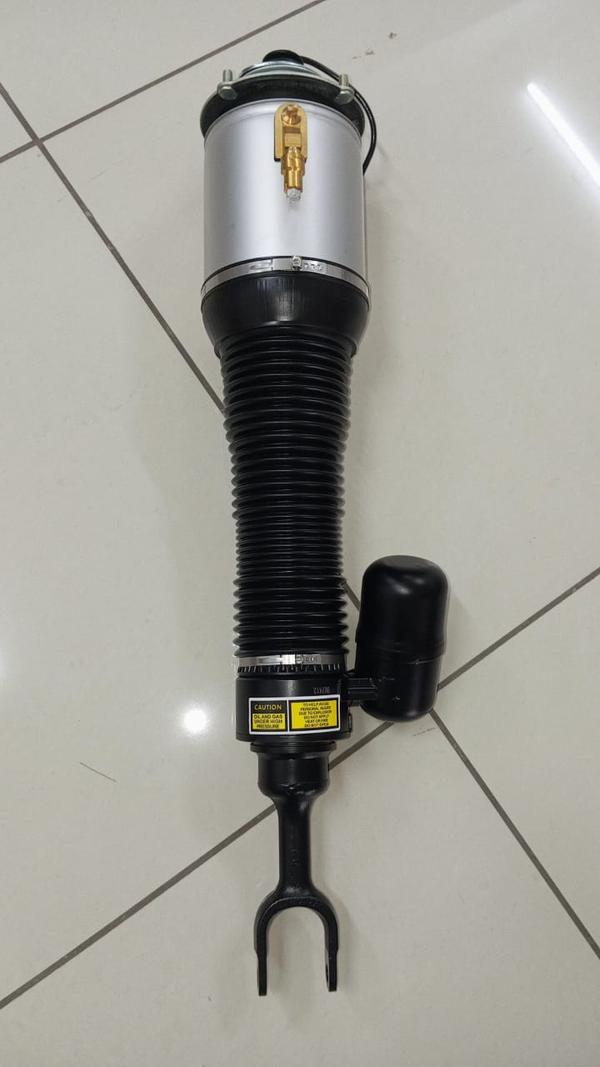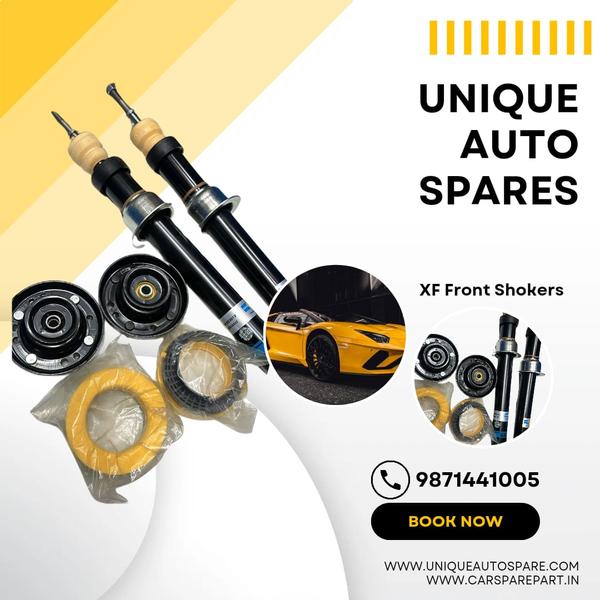

BMW car Shocker Supplier.The BMW E90 3 Series, produced from 2005 to 2013, is known for its excellent driving dynamics and handling. The shock absorbers (or shockers) in the E90 are a key component of its suspension system, helping to control the movement of the suspension and maintain tire contact with the road, ensuring a smooth and controlled ride. Key Points about BMW E90 Shock Absorbers: Function: Damping: Shock absorbers dampen the energy generated by the springs when the car encounters bumps and uneven surfaces. Control: They control the rate of suspension movement, preventing excessive bouncing and ensuring that the tires maintain contact with the road. Comfort and Handling: Properly functioning shock absorbers contribute to both ride comfort and vehicle handling. Types of Shock Absorbers: Standard Hydraulic Shocks: Use hydraulic fluid to dampen suspension movements. Gas-Charged Shocks: Include a pressurized gas chamber to reduce foaming and maintain consistent performance. Performance Shocks: Designed for enhanced handling and stability, often with adjustable settings. Common Symptoms of Worn Shock Absorbers: Excessive Bouncing: The car continues to bounce after hitting a bump. Poor Handling: The vehicle feels unstable, especially when cornering or during quick maneuvers. Nose Diving and Squatting: The front end dives during braking, and the rear squats during acceleration. Uneven Tire Wear: Worn shocks can cause uneven tire wear due to poor contact with the road. Fluid Leaks: Visible hydraulic fluid leaks on the shock absorbers. Maintenance and Replacement: Inspection Interval: Shock absorbers should be inspected regularly, typically during routine maintenance checks. Replacement Interval: While the replacement interval can vary based on driving conditions, it's generally recommended to replace shock absorbers every 50, 000 to 100, 000 miles. Replacement Procedure: Lift the Vehicle: Safely lift and support the vehicle using a jack and jack stands. Remove the Wheel: Take off the wheel to access the shock absorber. Disconnect Components: Disconnect any components attached to the shock absorber, such as brake lines or sensors. Remove Old Shock Absorber: Unbolt and remove the old shock absorber from the vehicle. Install New Shock Absorber: Position and bolt the new shock absorber in place, ensuring it is properly secured. Reconnect Components: Reattach any components that were disconnected. Lower the Vehicle: Reinstall the wheel and safely lower the vehicle. Test Drive: Take the car for a test drive to ensure the new shock absorbers are functioning correctly. Choosing the Right Shock Absorbers: OEM vs. Aftermarket: OEM shock absorbers are designed to meet the original specifications of the vehicle, while aftermarket options can offer various performance enhancements. Driving Conditions: Consider the typical driving conditions (e.g., city driving, highway, off-road) when selecting shock absorbers. Performance Preferences: If you prefer a sportier ride or enhanced handling, performance shock absorbers may be a better choice.Unique auto spares,
Keywords
Subscribe for latest offers & updates
We hate spam too.


